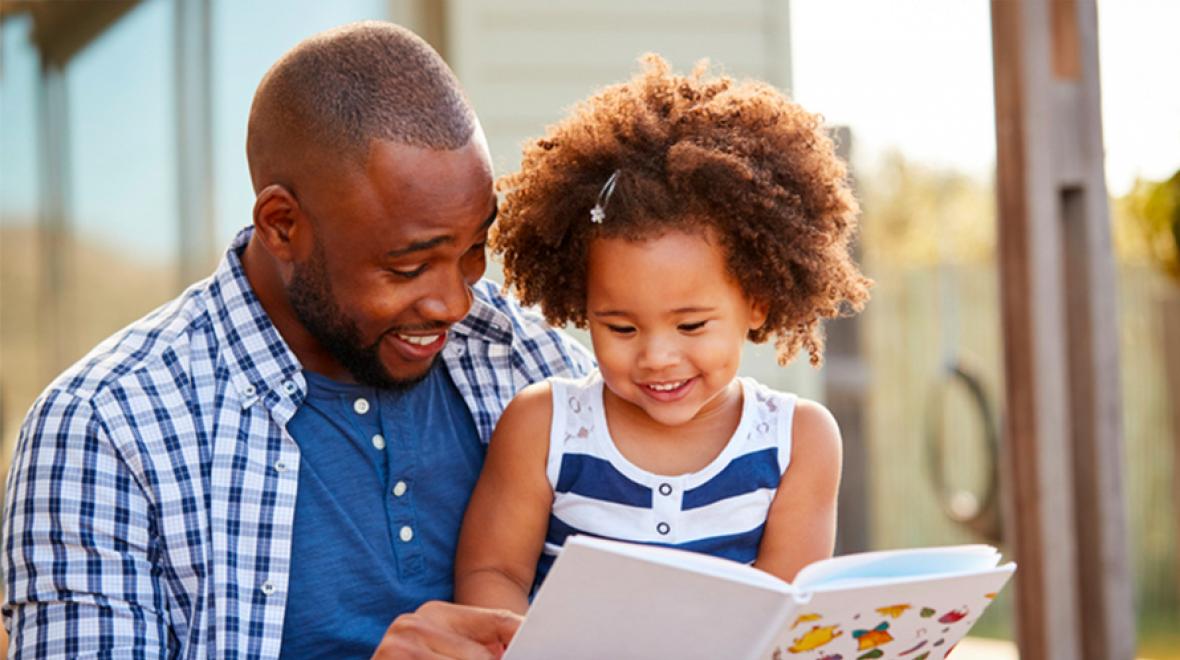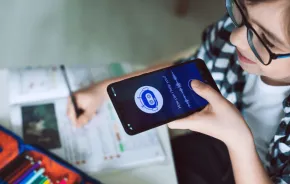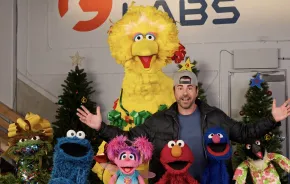
With the 2020 election almost upon us (Tuesday, Nov. 3 is election day), it’s a great time to talk to your kids about voting and the election process. But given that it can be hard for even politically savvy adults to understand exactly what happens at the polls, introducing the subject to kids in an age-appropriate — yet engaging — manner can feel daunting.
The conversation doesn’t have to be as complicated as the electoral process. Ask your kids to look at the yard signs around the neighborhood and on street corners or send your child to the mailbox, which is bound to be stuffed with political advertisements. Find out if your kids know what these materials mean and who is sending them.
From there you can transition from talking about the election to reading about it. (If you need something more to jumpstart your children’s interest, try watching the beloved "Schoolhouse Rock!" episode "I’m Just a Bill" or "You’re Not Elected, Charlie Brown.")
Books for early readers
"Duck for President" by Doreen Cronin, illustrated by Betsy Lewin
Duck thinks life on the farm is too hard, so he holds an election to replace Farmer Brown. When Duck wins, he realizes that running a farm isn’t everything it’s cracked up to be. So, he does the next obvious thing: He runs for governor and then president.
"Diana's White House Garden" by Elisa Carbone, illustrated by Jen Hill
Have you ever wondered what it’s like to live in the White House? Usually, only presidents and their families occupy 1600 Pennsylvania Avenue. But Diana Hopkins, the daughter of President Franklin D. Roosevelt's chief advisor, lived at the White House, too. Based on a true story, "Diana's White House Garden" follows Diana as she moves into the White House during World War II and starts planting seeds of change with the spread of Victory Gardens.
"House Mouse, Senate Mouse" by Peter W. Barnes and Cheryl Shaw Barnes
America’s mice — and their fellow human beings — can learn about the legislative process in this fun rhyming book. Readers will follow the Squeaker of the House and the Senate Mouse-jority Leader as they try to pass a bill on a very serious and important topic: national cheese.
More advanced readers
"Who Was Susan B. Anthony?" by Pam Pollack and Meg Belviso
Susan B. Anthony is so much more than the stern face on the dollar coin. She was a Quaker, a former school teacher and a champion of women’s rights. It may astonish readers to learn that it wasn’t until 1920 — nearly 100 years ago — that women got the right to vote in the United States.
"Elizabeth Leads the Way: Elizabeth Cady Stanton and the Right to Vote" by Tanya Lee Stone, illustrated by Rebecca Gibbon
Although her name is perhaps not as easily recognizable as Susan B. Anthony’s, Elizabeth Cady Stanton is another woman who shaped American history. A college graduate and mother of seven children, Elizabeth Cady Stanton was instrumental in women receiving the right to vote, although the 19th Amendment was not passed until after her death. Like many historical figures, Stanton is more complicated than some simple history books detail. Learn more about elements of the women's suffrage movement at this online exhibit.
"How the Government Works" by Syl Sobel
This book is a primer on our system of federalism from the framing of the constitution to the present. While that may sound a lot like social studies class, the book’s interesting graphics, such as the federal budget pie, keep it from being boring.
Ideas for family discussion from an educatorDiscuss Some children will enjoy teaching you what they've learned. Or have a simple conversation by asking what your child would do if she or he were president. Play Make a game out of it: Count political signs or bumper stickers on the way to school. You could even keep score for who sees the most (or who sees the most of a certain candidate or party). Not only will that keep them busy in the car, but it shows kids how others in the community care about issues and elections. Pretend For the family who wants to go deeper, you could let everyone be President of the Family for the day. (Of course, parents, in your role as Supreme Court justices, you'd be entitled to rule that ice cream for all three meals is unconstitutional!). This a great way to learn about checks and balances. Write a founding document Try writing your own family constitution, a great exercise to teach younger kids about the important values on which you base your own decisions. And they will get a good idea of what it takes to run a country (and a family). Who knows, maybe you'll earn a little respect. Get more book ideas from longtime educator and former middle school head at Eastside prep, Wendy Lawrence. |
Editor’s note: This article was originally published in October 2018, and updated in October 2020.











